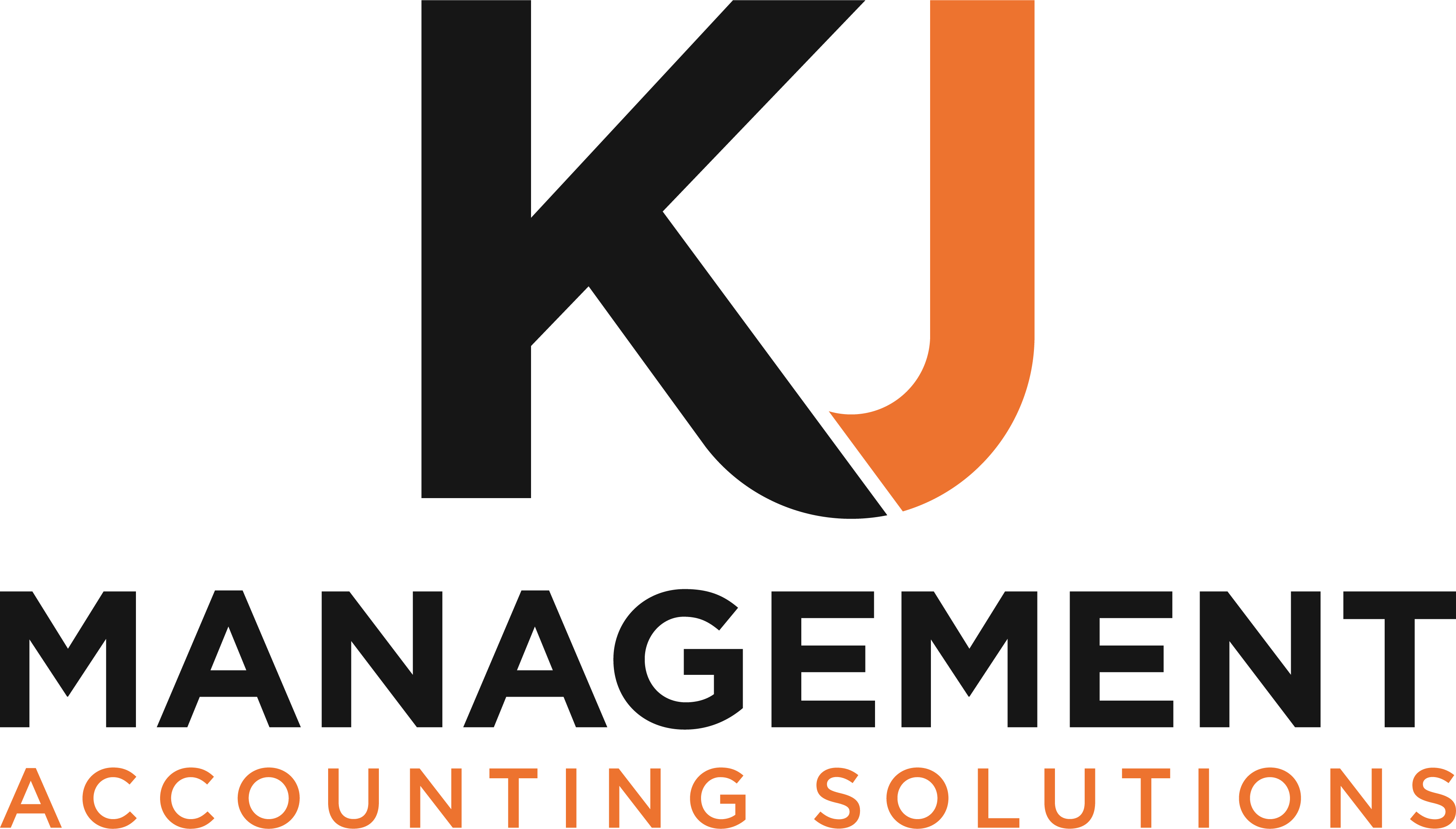Understanding accounting terminology can be overwhelming for business owners, especially if you’re not from a financial background. However, knowing key accounting terms helps you make better financial decisions, track business performance, and avoid confusion when speaking to accountants.
Here’s a simple guide to the most important accounting terms every business owner should know.
1. Revenue (Turnover)
What it means: The total amount of money your business earns from sales or services.
Example: If you sell products for £10,000 in a month, your revenue is £10,000.
Why it matters: Revenue shows how much money your business is bringing in before expenses.
2. Profit (Net Profit & Gross Profit)
Gross Profit: Revenue minus the direct costs (e.g., materials, labour).
Net Profit: The amount left after all expenses (rent, wages, marketing, taxes).
Example: If you earn £10,000 but spend £4,000 on materials and £3,000 on other costs,
Gross Profit = £6,000 (£10,000 – £4,000)
Net Profit = £3,000 (£6,000 – £3,000)
Why it matters: Net profit shows if your business is actually making money after all expenses.
3. Cash Flow
What it means: The movement of money in and out of your business.
Example:
If a client pays you £5,000 but you spend £4,500 on bills, your cash flow = +£500.
If you owe more than you receive, you have negative cash flow.
Why it matters: A business can be profitable but still struggle with cash flow if payments are delayed.
4. Accounts Receivable (AR) & Accounts Payable (AP)
Accounts Receivable (AR): Money owed to you by customers.
Accounts Payable (AP): Money you owe to suppliers.
Example:
If you send an invoice for £2,000, that’s AR (your customer owes you).
If you receive an invoice for £500, that’s AP (you owe that amount).
Why it matters: Tracking AR ensures you get paid on time and managing AP helps you avoid overdue bills.
5. Balance Sheet
What it means: A financial statement that shows your business’s financial position at a specific time. It includes:
Assets (things you own)
Liabilities (debts you owe)
Equity (your business’s net worth)
Example: If your business has £50,000 in cash (asset) but owes £20,000 in loans (liability), your equity = £30,000 (£50,000 – £20,000).
Why it matters: It helps investors and lenders assess your business’s financial health.
6. Profit & Loss Statement (P&L)
What it means: A financial report that shows your income, expenses, and profit over time (e.g., monthly or yearly).
Example: If your business earns £100,000 in a year but spends £80,000, your P&L shows a profit of £20,000.
Why it matters: It helps track whether your business is making or losing money.
7. Break-Even Point
What it means: The point where your business’s revenue covers its expenses—no profit, no loss.
Example: If your fixed costs are £5,000 per month, and you sell products for £100 each, you need to sell 50 products (£5,000 ÷ £100) to break even.
Why it matters: It helps set sales goals and determine if your pricing is profitable.
8. Depreciation
What it means: The decrease in value of business assets (like equipment, vehicles, or machinery) over time.
Example: If you buy a laptop for £1,200, and its value decreases by £300 each year, its depreciation expense is £300 per year.
✅ Why it matters: Depreciation is an expense in accounting, reducing taxable income.
9. VAT (Value Added Tax)
What it means: A tax added to goods and services that businesses must charge (if VAT-registered).
Example: If you sell a product for £100 and VAT is 20%, the total price is £120 (£100 + £20 VAT).
Why it matters: Businesses must charge, collect, and pay VAT to HMRC.
10. Retained Earnings
What it means: The profits your business keeps after paying expenses and dividends.
Example: If your business made £50,000 in profit and you reinvest £30,000, those are your retained earnings.
Why it matters: Retained earnings help fund future business growth.
Final Thoughts
Accounting doesn’t have to be confusing. By understanding these key financial terms, you can track your business’s performance and make better financial decisions.
Key Takeaway:
- Revenue & Profit show how much your business makes.
- Cash Flow & AR/AP track money coming in and going out.
- Balance Sheets & P&L Statements provide insights into your business’s financial health.
Would you like to learn more about business finance, budgeting, and financial management? Explore our Knowledge Hub for more useful insights!


